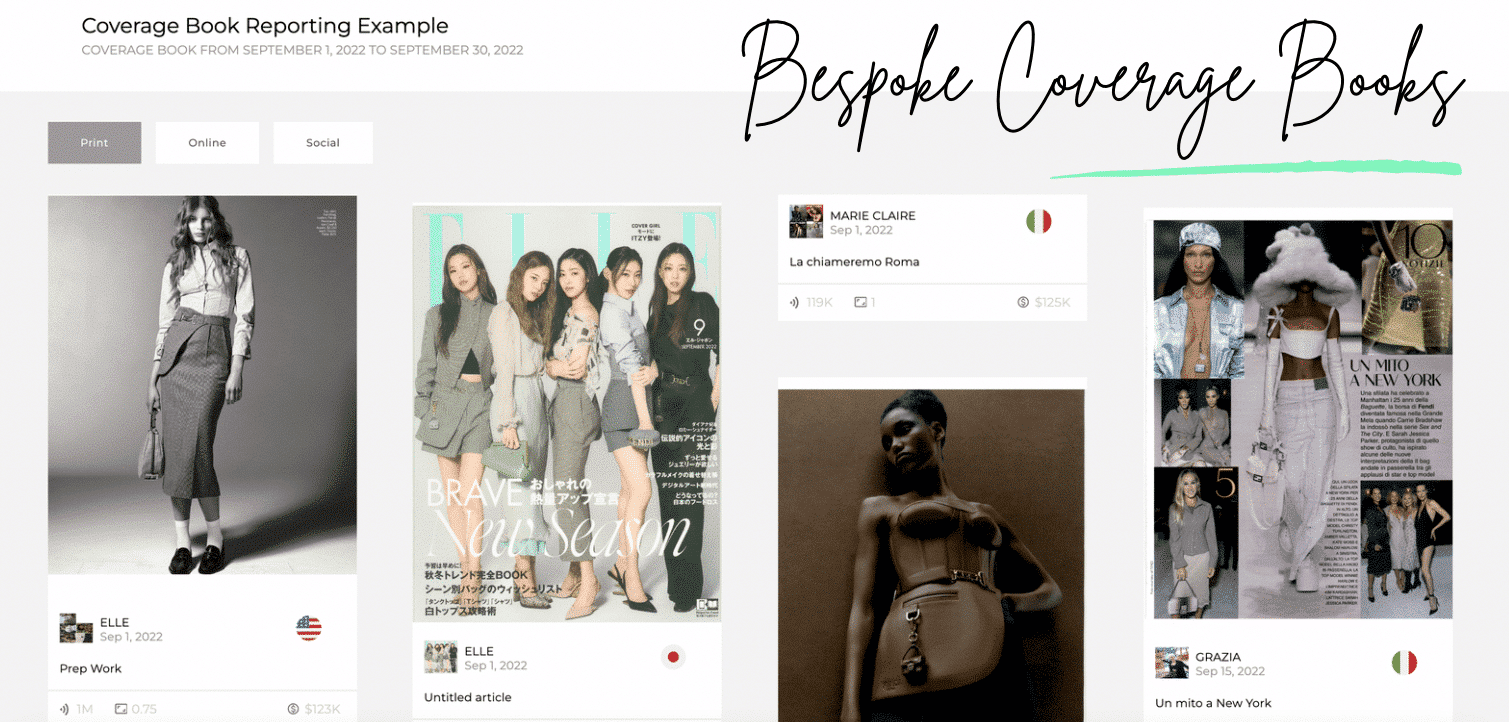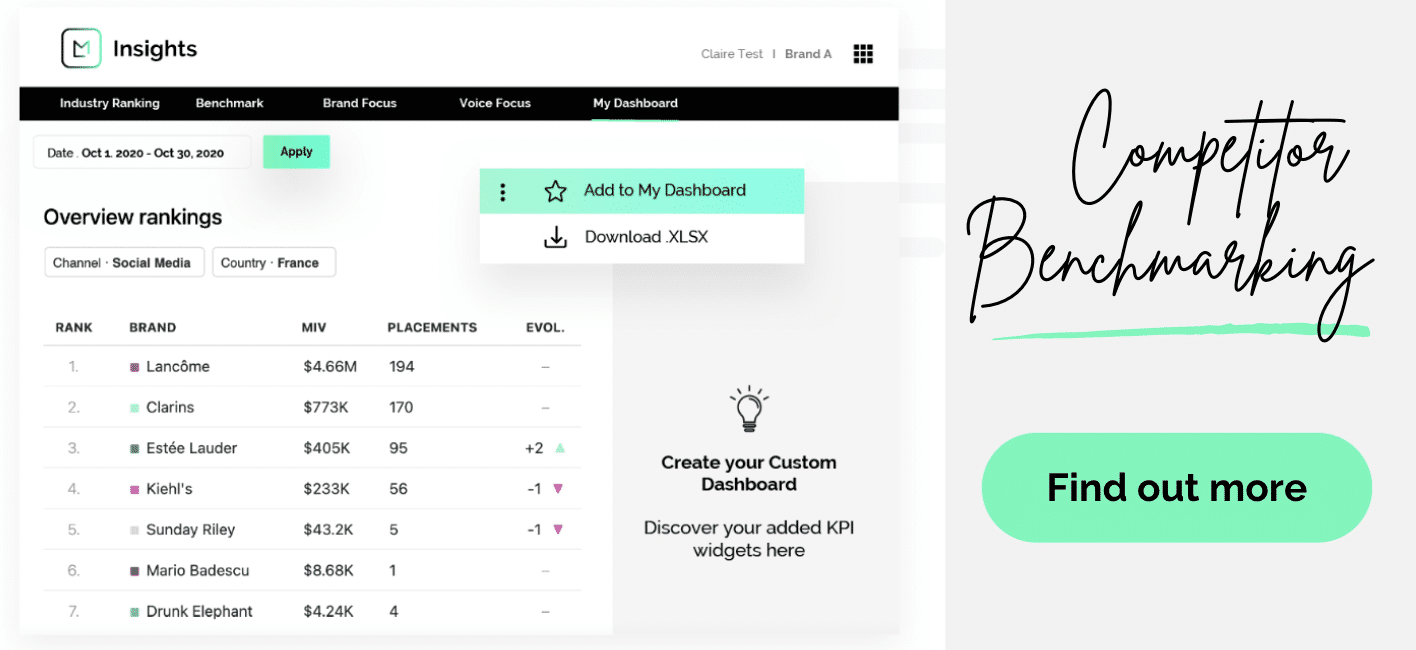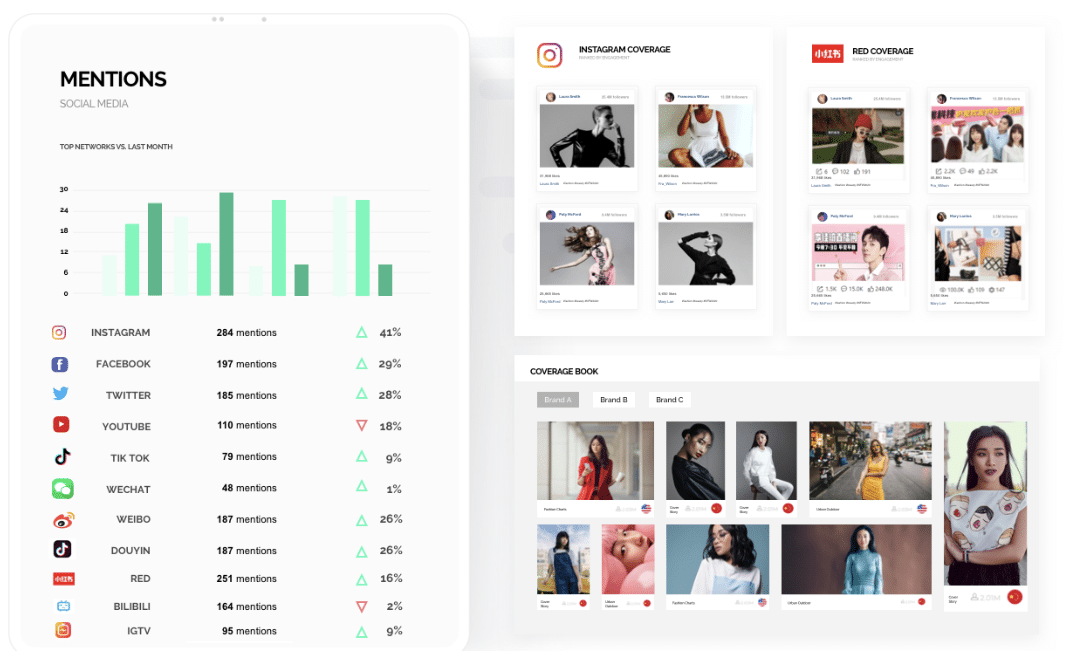End-of-year reporting is much more than a bunch of stats and graphs. Analyzing brand performance gives you a clear picture of where you stand in the progress toward your goals.
Your end-of-year report consolidates all your campaigns, helping you understand what performed well and what didn’t. Likewise, these insights will have a huge impact on next year’s budget and strategy.
They’ll help you act upon the challenges and plan ways to better address them in the future. Unfortunately, knowing how and where to begin can be daunting.
The good news? Our blog guides you on how to prepare your dream end-of-year report, step by step.
How to kick off your End-Of-Year Performance Marketing Report
In this article you’ll learn…
1. Start with your OKRs and KPIs
At the start of the year you should’ve defined your Objectives and Key Results (OKRs) and your Key Performance Indicators (KPIs).
We’ll begin by breaking down the differences between these two key components:
Objectives and Key Results (OKRs)
Your ‘Objective’ outlines the broader goal you’d like to achieve whereas your ‘Key Results’ demonstrate your progress.
These components make OKRs a fundamental option for measuring success. A solid set of OKRs keep you in the correct lane towards your targets (and offer much-needed context en route).
Example: You could be a UK-based, small-to-medium-sized beauty brand looking to increase your media exposure in a new European market.
Key Performance Indicators (KPIs)
KPIs are a quantifiable measurement of your progress. They help gauge the success of your short and long-term objectives. KPIs can be used to measure performance of individuals, projects – you name it! They complement your overall strategy as results can help to shape future OKRs.
Example: Following your launch into a new European market, one of your chosen KPIs could be your brand’s Media Impact Value™ (MIV®) in that region. You could regularly measure how much your MIV® is increasing in percentage format to monitor your progress across the year.
When you reflect on the year, above all, it’s important to revisit your OKRs and KPIs first. This is the first step to understanding where you are compared to your initial objectives.
2. Use a unified measurement framework
Measuring marketing performance is significantly trickier in a cross-channel era. That’s why the use of Voice Mix analysis is essential.
Alongside traditional media, your brand likely works with influencers and partners across social media platforms (e.g. Instagram and TikTok). By default, raw data from each channel will not be directly comparable. It’ll be difficult to get a big-picture view of where you stand.
That’s why it’s crucial to build a report that consolidates your Channels and Voices to efficiently track global performance. This is important when producing high-level marketing reports for Chief Marketing Officers (CMOs) and C´Levels.
So, you should focus on delivering useful data that gets to the bottom line of the situation. The less interpreting the CMO has to do, the better. A unified measurement framework encourages just that.
Top tier brand performance data
MIV® is quantifiable data that’s sure to impress in your end-of-year report.
Your brand’s MIV® can’t be calculated by hand as it’s determined by our leading brand performance software. It reveals the monetary value of every media mention you receive – be it online, in print or on social media.
Additionally, MIV® is monitored across a vast number of Voices and Channels globally. It’s collated and presented in your own personalised, easy-to-curate feed and can measure the performance of both your brand and your competitors.
For this reason, many of our clients – including Lacoste and Isabel Marant – use MIV® to get a true picture of their standing within the market (and to give them a competitive advantage in future strategy).
If you want to see how MIV® helped Isabel Marant to streamline media monitoring and data collection, enabling the brand to build a more holistic marketing strategy, check out our detailed case study below.
3. Leverage technology in your marketing report
Your time is precious, so you don’t want to waste too much of it trawling through data and manually creating bar charts. With the right tools, you can generate powerful end-of-year reports in just a few clicks of a button.
This saves you time while allowing you to track metrics that would otherwise be near-impossible to track. Launchmetrics has developed intelligent technology that automates several types of reporting.
Our Coverage Books categorize our client’s most relevant brand mentions throughout the year. These can be displayed by Channel, campaign – whatever is most relevant to your brand.

Equally, our Evolution Reports also give a valuable breakdown of media performance across different campaigns and channels. They’re able to track different geographical areas and identify top Voices and publications.
Indeed, as technology is always evolving, you should be regularly assessing any updates in tech-based tools. This will help you consider what will generate the most valuable insights and therefore drive campaign innovation.
MIV® can offer insight into which campaigns and tactics are delivering the highest ROI, even in a cross-channel and Voice Mix environment.
4. Conduct a competitor analysis
Your business doesn’t exist in a vacuum. You must gain an understanding of where you sit in comparison to your competitors.
Competitor analysis is an essential part of your end-of-year marketing report as it gives CMOs global visibility of where your brand is positioned. Equally, and undeniably, reporting on how your competitors performed in different business quadrants helps you identify opportunities and threats.
So, what are your competitors missing? Could you integrate that missing link into your business to capture market share? Furthermore, which competitors are rising up that you should keep an eye on? Which are lagging behind?
Evidently, these crucial factors offer an accurate understanding of your position in the competitive landscape.

5. Assess the process
Finally, it’s time to assess your process.
Thanks to your pre-defined OKRs and KPIs, you’ll already know what’s most important at this stage.
Subsequently, any additional insights you gather can be used to inform your 2023 marketing plan. They’ll also allow you to better allocate your marketing budget and maximize ROI.
The right tools will reveal where you are in relation to your goals. That’s why now is the best time to assess your reporting process from end-to-end.
So, what worked well this year and what needs to change? All things considered, is there any data you’re missing that could give you a fuller picture in next year’s reporting?
Consider whether you have the right tool and metrics at your disposal. Obviously, any changes to your data collection processes should be implemented now so you can subsequently take advantage of them throughout 2023.
Discover the future of marketing analytics
As the year draws to a close, reviewing campaign strategy shouldn’t be your only top priority. If you don’t have the right coverage platform to support and complement your campaigns, you have a bigger problem than you thought.
With the right solution, brands can:
- Benchmark performance within the industry and against key competitors
- Identify top performers, up-and-coming brands and their best practices
- Evaluate global impact across multiple Channels and Voices
- Refine budget and strategy plans throughout editorial, retailer and influencer partnerships
- Wave goodbye to disjointed media monitoring in 2023
Ready to get started?
Is your End-of-Year Report underway? We can help with that.
Contact our experts today to find out why a Brand Performance Cloud is the only solution for your future marketing strategy.




